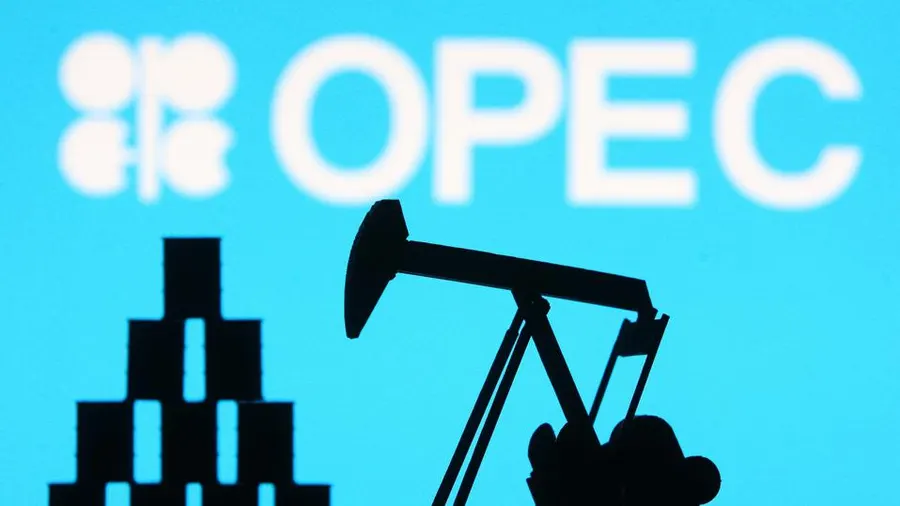I wrote in May 2018 that Oil was making its last hurrah and that global demand destruction would kick in suddenly at some point. The Forward Curve was trading at a 9% discount to spot, a historic high. But what happened was far more ferocious and sudden than anybody had expected.
Declaimer: This article was originally in December 2018, and some of the data points may be
The Level of Oil Prices
If you read the coverage of the 6th Dec meeting, you would think that the Saudis are deciding the level of Oil Prices. They have been, for 50+ years, so it’s ok to believe that they will continue to do so in the foreseeable future, right?
But there’s one big elephant in the room, where Oil prices are getting decided. Oil is a commodity, where there are supposed to be many buyers and many sellers. And this is seeing a tectonic shift in the power balance from a cartel to a perfectly competitive marketplace, now dominated by the US.
Let’s define a cartel first. Not the dictionary meaning, but what a cartel seeks to do. It seeks to create a ‘swing monopoly’ that creates one-ness in the actions of a set of players, in a perfectly competitive market. This is the dream of every economic player, of being a monopoly in a perfectly competitive market. It is how soap companies claim that they have Lemon, which nobody else does.
The Oil Market
But the idea is not just to create a monopoly, it’s mainly to create shortages in the Oil market, and to calibrate supply at levels such that Oil prices are kept at levels that are slightly above what people can easily afford to pay. This has severely damaged the world economy. If similar cartels were to decide on pricing in food, just about half the world would get to eat.
Most economies have made cartelization illegal, but there’s no way to police international markets. So cartels can and do form, and they can hold for very long periods. With Oil, this is the best-known example of a major cartel. But many petrochemicals (oligopolies, which often cartelize) get together to ration supply.
Think of a glacier, the agglomeration of water into a mass that holds together. Now, it’s not very commonly known that in a perfectly competitive market, prices at the margin are decided by someone who controls about 8-10% of the market, i.e., if you hoard about 8-10% of the onions in the Mumbai market, you can move prices at will. The actual number varies with just how fragmented the market is (the assumption here is of millions of buyers and sellers).
And that is why OPEC is important. They produce about 40% of global Oil, but 60% of traded Oil, which gives them disproportionate influence in determining Oil prices. And this is where Saudi Arabia’s 12% world share is important, along with Russia’s 11%, and US Shale at around the same.
The Cost of Solar Panels
2 long-term factors are at work. The cost of Solar panels has started to follow Moore’s Law, and countries (Europe and now China) have started to remove the normal subsidies that were being offered to Solar. While this has reduced prices and profits, it’s going to mature the industry and consolidate capacity in the hands of the strongest players. Simultaneously, countries like India are promoting the domestic industry, so that it becomes a strategic industry, capable of meeting the needs of growth. Some 45GW of thermal capacity is being mothballed, and another 25GW is unviable. This is not counting the growth needs of the Indian economy.
The second factor is the rising influence of Shale oil, and the shrinking ability of Saudi Arabia to be the swing producer. Theoretically, if Saudi share breaks below 10%, it will lose the ability to hold the cartel together. The new ‘swing’ producer is now Shale, which can swing its production by up to 3 mn bpd. As long as Saudi Arabia holds the cartel together because of its 25% share of the cartel (11% out of OPEC’s 40%), and the cartel itself accounts for some 40% of world production, the cartel will hold. But the cracks will be severe if a combination of demand destruction (because of higher oil prices), structural shift in supply sources to Renewables, and a weaker cartel, combine to push Oil to both being a surplus commodity, even as the cartel breaks. It is now unlikely that Saudi Arabia will seek to compete with Shale Oil, where the cost curve has dropped closer to $30 per barrel. Some estimates show a projection of almost 17 mnbpd, which could take up the combined might of both the Russian & Saudi cutbacks.
The combination of these twin factors could decimate the Oil market. And things will move faster than anyone anticipates. While it is true that Big Oil is not making any investments, Shale is producing at a frenetic pace, so there’s certainly no dearth of Oil in the international markets.
It’s difficult to put a price to the bottom, but it should be around the last one, $30. And this time, it will stay there for longer. Like I said before, Lower for Longer.







